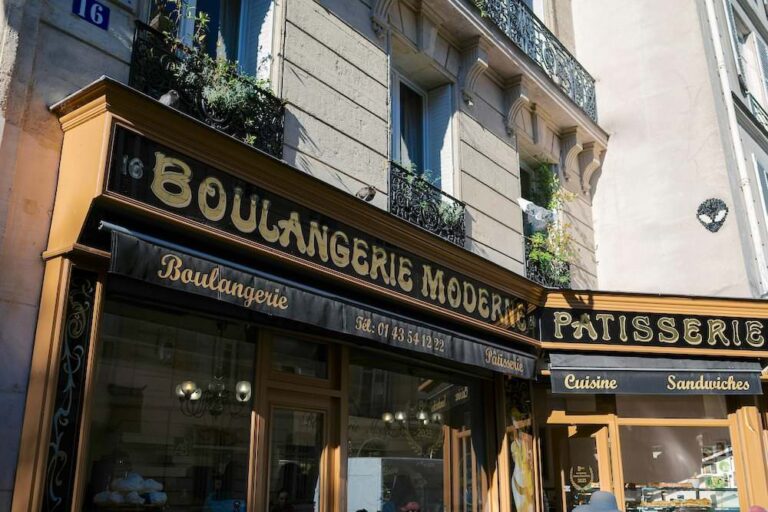ça tombe bien
Understanding “Ça tombe bien” in French
The French phrase “ça tombe bien” might seem a little puzzling if translated literally. Word-for-word, it means “that falls well.” However, this literal translation doesn’t convey the true meaning of the phrase. Instead, “ça tombe bien” is used to express that something happens at a convenient time or that a situation is fortunate or well-timed.
What does it actually mean?
In English, “ça tombe bien” is best understood as:
- “That’s good timing.”
- “That works out well.”
- “That’s convenient.”
It’s a way of saying that something happens at just the right moment or aligns perfectly with what’s needed.
How is it used?
Here are some examples to show how “ça tombe bien” works in everyday conversation:
Example 1: A Practical Situation
Person 1: J’ai fait un gâteau. Tu veux venir prendre un café ?
(I made a cake. Do you want to come over for coffee?)
Person 2: Oh, ça tombe bien, j’ai justement un peu de temps libre.
(Oh, that’s perfect timing, I actually have some free time.)
Example 2: A Lucky Coincidence
Person 1: J’ai trouvé tes clés dans ma voiture.
(I found your keys in my car.)
Person 2: Ah, ça tombe bien, je les cherchais partout !
(Ah, that’s great, I was looking for them everywhere!)
Example 3: Work Context
Person 1: On a fini ce projet plus tôt que prévu.
(We finished this project earlier than expected.)
Person 2: Ça tombe bien, on va pouvoir commencer le suivant tout de suite.
(That works out well, we can start the next one right away.)
When NOT to Use “Ça tombe bien”
The phrase is specific to situations where something is advantageous or timely. It doesn’t work to simply describe good luck or success in general. For example:
- ❌ “Je suis riche !” (I’m rich!)
You wouldn’t respond with “ça tombe bien” unless becoming rich was somehow perfectly timed for a specific need.







It’s very educating, j’aime ça